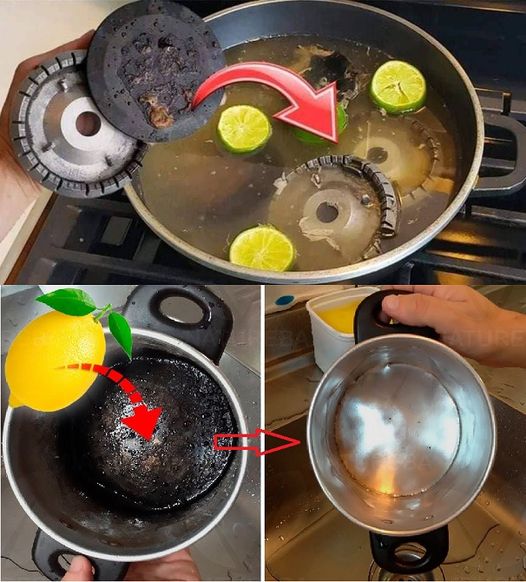ADVERTISEMENT
Step-by-Step Guide to Cleaning Stove Eyes
1. Turn Off the Stove and Allow It to Cool
Before starting any cleaning, make sure the stove is turned off, and the burners are cool to the touch. You never want to attempt cleaning a hot stove, as it can lead to burns or damage.
2. Remove the Burner Grates (If Applicable)
For gas stoves, you may have removable burner grates. Lift these off carefully, and set them aside to clean separately. For electric stoves, you may need to remove the stove eyes (the metal coils) to access the base of the burners.
3. Soak the Stove Eyes or Grates
If the burner eyes or grates are particularly dirty, soaking them will help loosen any grease, food, or burnt residue. For electric burners, place the stove eyes in a shallow dish with warm water and a few drops of dish soap. Let them soak for 15-30 minutes.
For gas stove grates, you can place them in a sink filled with warm soapy water or a basin. Soaking allows the grime to soften, making it easier to scrub away.
4. Clean the Burner Surface
While your stove eyes or grates are soaking, take a look at the burner surface. You’ll want to clean the area surrounding the burners to remove any splattered grease, spills, or food that may have fallen between the gaps.
- For stubborn grease, sprinkle a little baking soda directly onto the burner surface.
- Add a small amount of water to make a paste, and allow it to sit for 10-15 minutes.
- Use a microfiber cloth or a non-abrasive scrub pad to wipe away the paste, removing grease and debris.
5. Tackle the Blockages
Blockages in stove eyes, especially in gas burners, can be caused by food or grease buildup in the burner holes. These blockages can prevent the burner from igniting or burning efficiently. Here’s how to clear them:
- For Gas Burners:
- Use a small, soft brush (like a toothbrush) to gently scrub the burner holes.
- You can also use a needle or pin to clear stubborn blockages. Carefully insert the needle into the burner holes to break up any debris.
- Wipe the burner with a damp cloth to remove any remaining residue.
- For Electric Burners:
- If the burner is clogged with burnt food, gently scrub it with a non-abrasive scrub pad or steel wool. Be cautious not to scratch the burner coil.
- For deep cleaning, you can mix equal parts vinegar and water in a spray bottle. Spray the solution onto the coils, and let it sit for a few minutes before wiping it down with a clean cloth.
6. Clean the Grates and Burner Caps
While your stove eyes are soaking, it’s the perfect time to clean the grates and burner caps.
- Scrub the grates and caps with a small brush or sponge. You can also use a baking soda paste or vinegar to break down tough grease and food residue.
- Rinse them thoroughly with water and dry them with a clean cloth before placing them back onto the stove.
7. Reassemble the Stove
Once the stove eyes, grates, and burner caps are clean and dry, carefully reassemble your stove. For electric stoves, place the burner coils back into their proper positions, ensuring they are securely seated. For gas stoves, carefully replace the grates and burner caps.
8. Final Touch
Give the entire stove a final wipe with a microfiber cloth to remove any remaining cleaning solution or residue. Check the burners for smooth operation by turning on the stove briefly to ensure everything is working correctly.
Tips for Maintaining Clean Stove Eyes:
- Clean Regularly: To avoid heavy build-up, clean the stove eyes and grates regularly—after every few uses or at least once a week.
- Use a Splatter Guard: When cooking, consider using a splatter guard to keep grease and food particles from accumulating on your burners.
- Cover Spills Quickly: If something spills over onto the stove, clean it up immediately to prevent it from hardening and causing future blockages.
- Use Non-Abrasive Cleaners: To prevent scratching or damaging your stove, avoid using harsh or abrasive cleaners. Stick to mild dish soap, baking soda, and vinegar.
Conclusion
Cleaning stove eyes and clearing blockages may seem like a hassle, but with the right techniques and tools, it’s a manageable task that ensures your stove continues to function efficiently. Regular maintenance not only keeps your stove looking fresh but also contributes to safety, preventing grease buildup that could lead to potential fire hazards. By following these steps, you’ll have your stove eyes sparkling clean and free of blockages in no time.
ADVERTISEMENT
